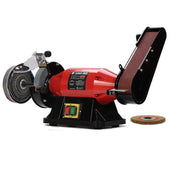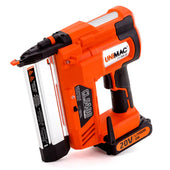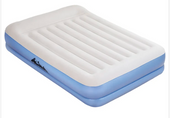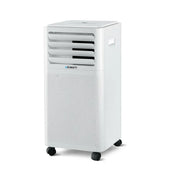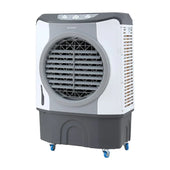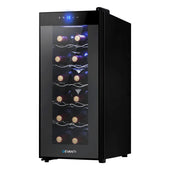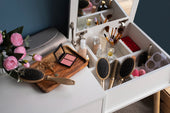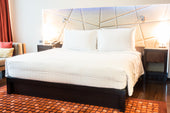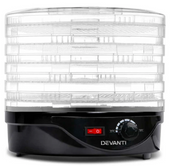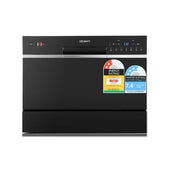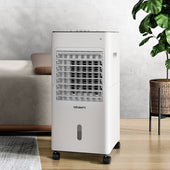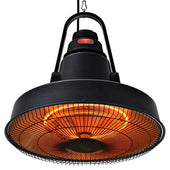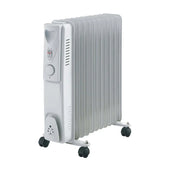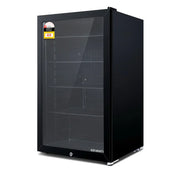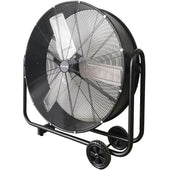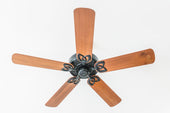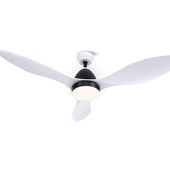Introduction: The Fusion of Style and Functionality
Kitchen and dining chairs have evolved far beyond their traditional role, becoming integral elements of interior style and ergonomic comfort. Modern residents seek designs that combine aesthetic appeal with practical benefits tailored to everyday living. Antimicrobial chairs represent a cutting-edge advancement, addressing health concerns while enhancing spaces.
These innovative pieces prioritise cleanliness by inhibiting the spread of bacteria and germs, making them ideal for families and gatherings. Designers at During Days integrate sleek lines, durable materials, and versatile upholstery options to ensure compatibility with various decor themes. The fusion of form and function ensures that these chairs cater to both hygienic demands and artistic expression, transforming the dining experience.
What Makes a Chair Antimicrobial?
Antimicrobial chairs are designed with materials and treatments that inhibit the growth of bacteria, mould, and other microorganisms. Key features include:
- Specialised Coatings: Chairs often feature coatings infused with antimicrobial agents like silver ions, which disrupt microbial activity.
- Non-Porous Surfaces: Materials such as treated plastics or metals resist moisture penetration, reducing bacterial growth.
- Microbial-Resistant Fabrics: Textiles may incorporate embedded antimicrobial agents, ensuring long-lasting microbial protection.
- Ease of Cleaning: Smooth, seamless designs simplify maintenance, further limiting bacteria build-up.
By combining advanced materials and thoughtful construction, these chairs create safer, more hygienic environments without compromising on style.
The Growing Importance of Hygiene in Home Design
The global focus on health and cleanliness has reshaped priorities in home design. Kitchen and dining spaces, due to their frequent food preparation and consumption, are increasingly becoming focal points for hygiene-conscious innovations. Materials with antimicrobial properties, which inhibit the growth of bacteria, fungi, and viruses, are now in high demand for furniture.
Homeowners are seeking furniture that supports cleanliness without compromising style. Chairs with antimicrobial finishes help reduce the risk of contamination while being easy to maintain. These materials are highly durable, ensuring a longer lifespan.
Designers are blending practicality with aesthetics, offering solutions that balance hygiene, comfort, and visual appeal seamlessly.
How Antimicrobial Chairs Are Revolutionising Kitchens and Dining Spaces
Antimicrobial kitchen and dining chairs are transforming how people approach cleanliness and wellbeing in spaces where food is prepared and consumed. These chairs incorporate advanced materials that resist bacteria and fungi, reducing the risk of contamination. This innovation aligns with rising concerns about hygiene in shared environments.
Key benefits include:
- Enhanced Cleanliness: The materials actively inhibit bacterial growth, making spills and messes less threatening.
- Ease of Maintenance: Antimicrobial properties minimise intensive cleaning routines, saving time and effort.
- Durability: These chairs retain their functionality over time, ensuring a longer lifespan.
Such designs merge aesthetic appeal with health-conscious technology, making them ideal for modern households.
Materials and Technology Behind Antimicrobial Chairs
Antimicrobial chairs utilise advanced materials and coatings to inhibit the growth of bacteria, mould, and other pathogens. These chairs often incorporate materials like metal treated with powder coatings, high-grade plastics with infused antimicrobial agents, or fabrics treated with silver ions. Silver ions are particularly effective as they disrupt the cellular functions of microbes.
Manufacturing processes employ techniques such as nanotechnology to enhance durability and ensure the antimicrobial protection remains long-lasting. Testing protocols ensure compliance with industry standards while maintaining aesthetic appeal. Transitioning to antimicrobial designs reflects the increasing demand for hygiene-focused furniture that doesn’t compromise on style or comfort.
Design Trends in Modern Kitchen and Dining Chairs
Modern kitchen and dining chairs showcase creativity and functionality, blending innovative materials with contemporary aesthetics. Design trends focus on clean lines, minimalist shapes, and ergonomic forms. Chairs frequently feature materials such as lightweight metals, sustainable woods, or antimicrobial fabrics that prioritise hygiene and eco-consciousness.
Popular styles include Scandinavian-inspired designs with natural textures or mid-century modern pieces characterised by curved silhouettes. Bold colours and mixed-material combinations add visual interest, while stackable and space-saving options cater to smaller dining spaces. Attention is also placed on durability, ensuring versatility without compromising on sophisticated style.
Balancing Comfort, Durability, and Easy Maintenance
Designing antimicrobial kitchen and dining chairs involves a meticulous equilibrium between comfort, durability, and easy maintenance. The materials selected play a critical role, with high-density foam and ergonomic shapes ensuring prolonged seating comfort. Durable frames, often crafted from robust metals or hardwoods, withstand daily use without compromise.
To simplify maintenance, upholstery fabrics like vinyl or treated microfibres resist staining and moisture. Antimicrobial treatments are integrated into surfaces, guarding against bacteria and mould growth.
These chairs must also be lightweight for ease of movement yet sturdy for stability. Thoughtful design ensures they maintain aesthetic appeal while being practical for busy households.
Eco-Friendly and Sustainable Antimicrobial Chair Options
Choosing eco-friendly antimicrobial chairs offers both environmental benefits and enhanced hygiene. Many manufacturers now utilise sustainable materials such as reclaimed wood, bamboo, or recycled plastics to craft chair frames. Upholstery often features organic fabrics like hemp or linen treated with natural antimicrobial solutions, avoiding harmful chemicals. Foam padding can incorporate plant-based or soy-derived alternatives, reducing reliance on petroleum-based products.
Additionally, eco-conscious production methods minimise waste, energy consumption, and carbon footprints. Some brands prioritise certifications like FSC (Forest Stewardship Council) or GREENGUARD, ensuring responsible sourcing. These features combine to deliver eco-friendly chairs that align style, durability, and sustainability seamlessly.
Top Brands Leading the Way in Antimicrobial Furniture
Innovative brands are shaping the future by integrating antimicrobial technologies into furniture design. These organisations focus on combining style and hygiene to cater to modern consumer needs.
- West Elm: Known for their sustainable practices, West Elm incorporates antimicrobial coatings into their trendy dining chairs to enhance cleanliness without compromising aesthetics.
- Crate & Barrel: A staple for contemporary furniture, this brand offers chairs with built-in protection against bacteria and fungi.
- Herman Miller: Renowned for ergonomic designs, Herman Miller uses advanced materials to ensure long-lasting antimicrobial properties in competitive markets.
- Steelcase: This brand merges sleek designs with cutting-edge technology to offer furniture solutions designed for health-conscious spaces.
These leaders set benchmarks for durability, safety, and sophistication across the industry.
How to Choose the Perfect Chair for Your Space
Selecting the right chair involves considering various aspects to ensure functionality and aesthetic harmony. Measure the dimensions of your dining area carefully, leaving enough space for chairs to be pulled out comfortably. Evaluate the height of your table, as the seat height should allow ample legroom without being too low.
Material plays a significant role; opt for antimicrobial finishes for enhanced hygiene and durability. Prioritise designs that blend with your interior style, whether classic, modern, or rustic. Test sturdiness and comfort, as ergonomic features improve usability. Assess maintenance requirements to match your lifestyle. Balance practicality with visual appeal to create a cohesive and inviting space.
Care and Maintenance Tips for Antimicrobial Chairs
Proper care ensures antimicrobial chairs retain their functionality and visual appeal. Regular cleaning removes accumulated dirt and debris that could compromise their protective coating. For routine cleaning, one should use a soft cloth with mild soap and water instead of harsh chemicals to prevent damage to the antimicrobial layer.
Recommended Practices:
- Dusting Daily: Use a lint-free cloth to prevent scratches or surface wear.
- Avoid Moisture: Keep chairs dry to deter mould growth despite their antimicrobial properties.
- Check for Wear: Inspect regularly for physical damage or peeling coatings.
Precautions:
Avoid abrasive pads or aggressive scrubbing as they could diminish antimicrobial effectiveness.
Final Thoughts: Blending Style, Safety, and Practicality in Home Furniture
Designing furniture that strikes a balance between aesthetics, functionality, and health requires careful consideration. Stylish antimicrobial kitchen and dining chairs exemplify this balance, offering features that cater to modern households. These chairs integrate:
- Elegance: Sleek lines, diverse materials, and innovative finishes elevate any space.
- Safety: Antimicrobial properties reduce bacteria, promoting hygiene in communal areas.
- Practicality: Easy-to-clean designs support active lifestyles.
Consumers seek products that enhance their surroundings while simplifying upkeep. These designs reflect a growing demand for solutions merging visual appeal with health benefits, setting a new standard in furniture production. For contemporary homes, beauty and utility no longer require compromise.


